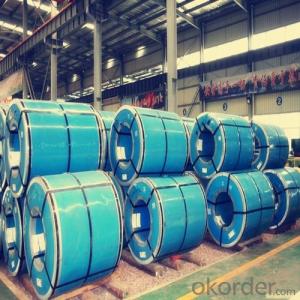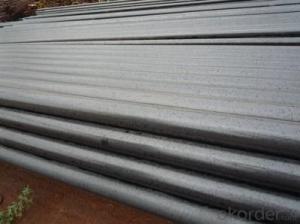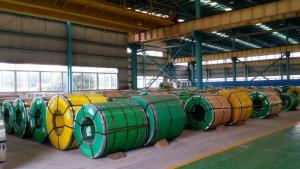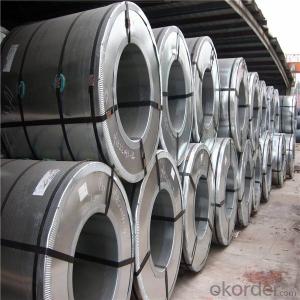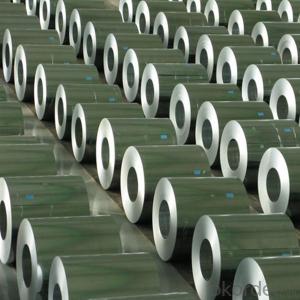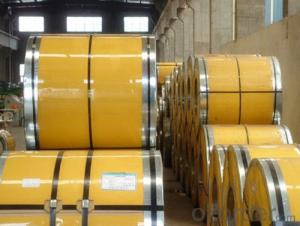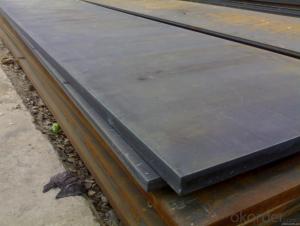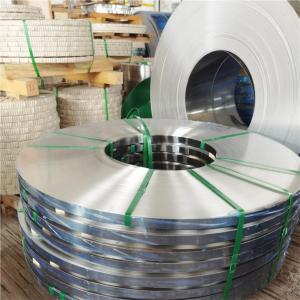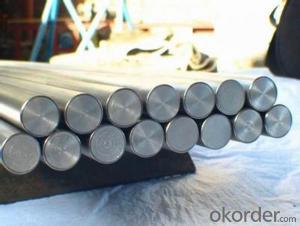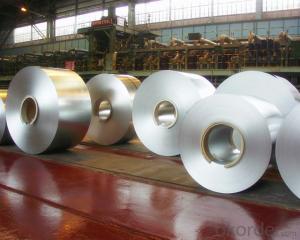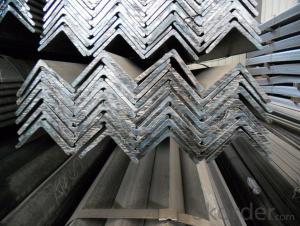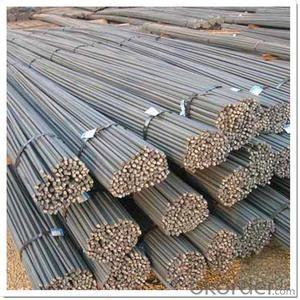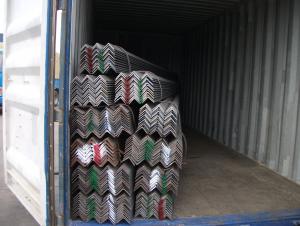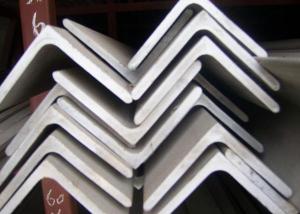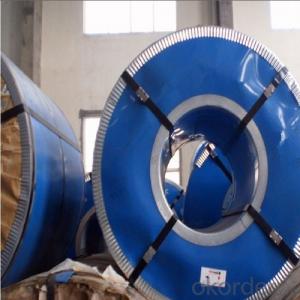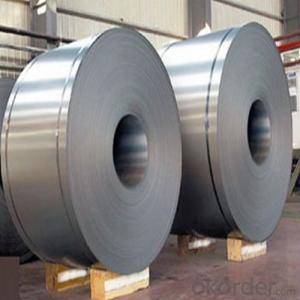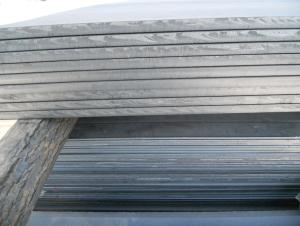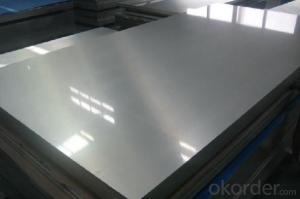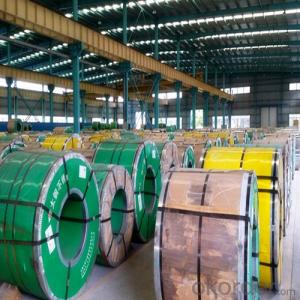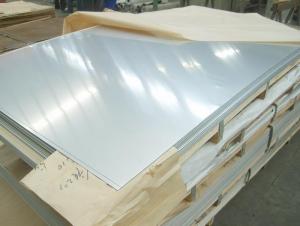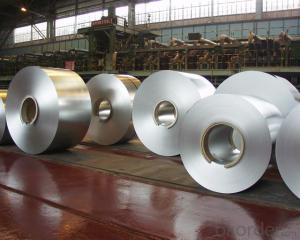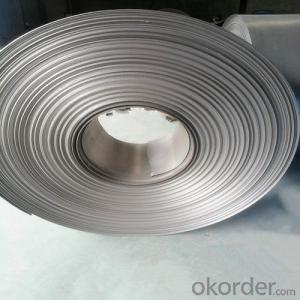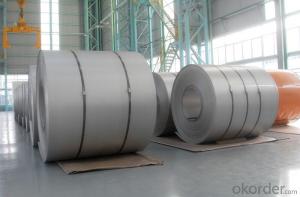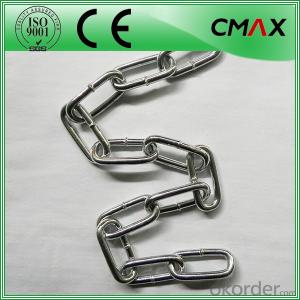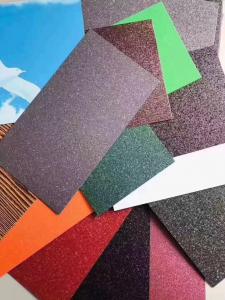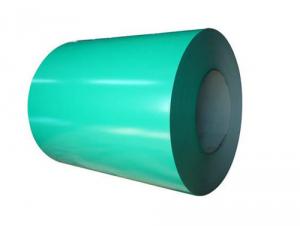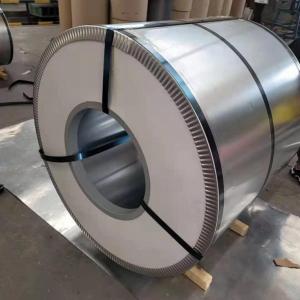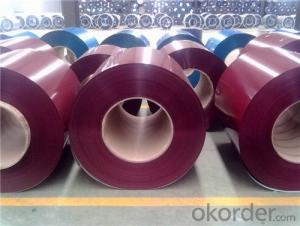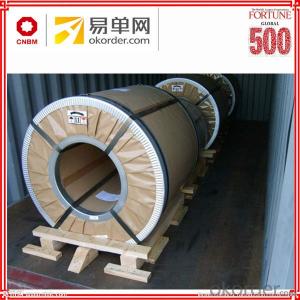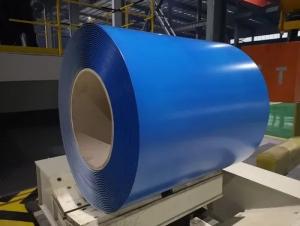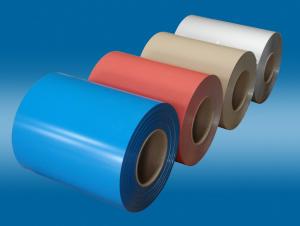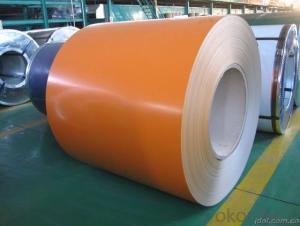400 Series Stainless Steel
400 Series Stainless Steel Related Searches
400 Stainless Steel 300 Series Stainless Steel 440 Stainless Steel 403 Stainless Steel 410 Stainless Steel 420 Stainless Steel Stainless Steel 440 430 Stainless Steel Stainless Steel 420 409 Stainless Steel 440 C Stainless Steel Stainless Steel 430 300 Stainless Steel 440a Stainless Steel Type 304 Stainless Steel 440c Stainless Steel Grade 304 Stainless Steel 304 Grade Stainless Steel 360 Stainless Steel 305 Stainless Steel 301 Stainless Steel 431 Stainless Steel 304l Stainless Steel 420c Stainless Steel 420hc Stainless Steel White Stainless Steel Stainless Steel 316 Sus 304 Stainless Steel 302 Stainless Steel 4 Stainless Steel400 Series Stainless Steel Supplier & Manufacturer from China
The 400 Series Stainless Steel encompasses a variety of ferrous alloys that are known for their excellent corrosion resistance and magnetic properties. These alloys are widely recognized for their affordability and strength, making them a popular choice for numerous applications. The 400 Series Stainless Steel finds its use in a diverse range of industries, including automotive, aerospace, and consumer goods, where its durability and workability are highly valued. Its magnetic nature also makes it suitable for applications that require components to be easily manipulated by magnetic fields. Okorder.com stands as a prominent wholesale supplier of 400 Series Stainless Steel, boasting a vast inventory that caters to the needs of various industries. Their extensive stock ensures that customers can find the specific grades and forms of 400 Series Stainless Steel they require for their projects.Hot Products
